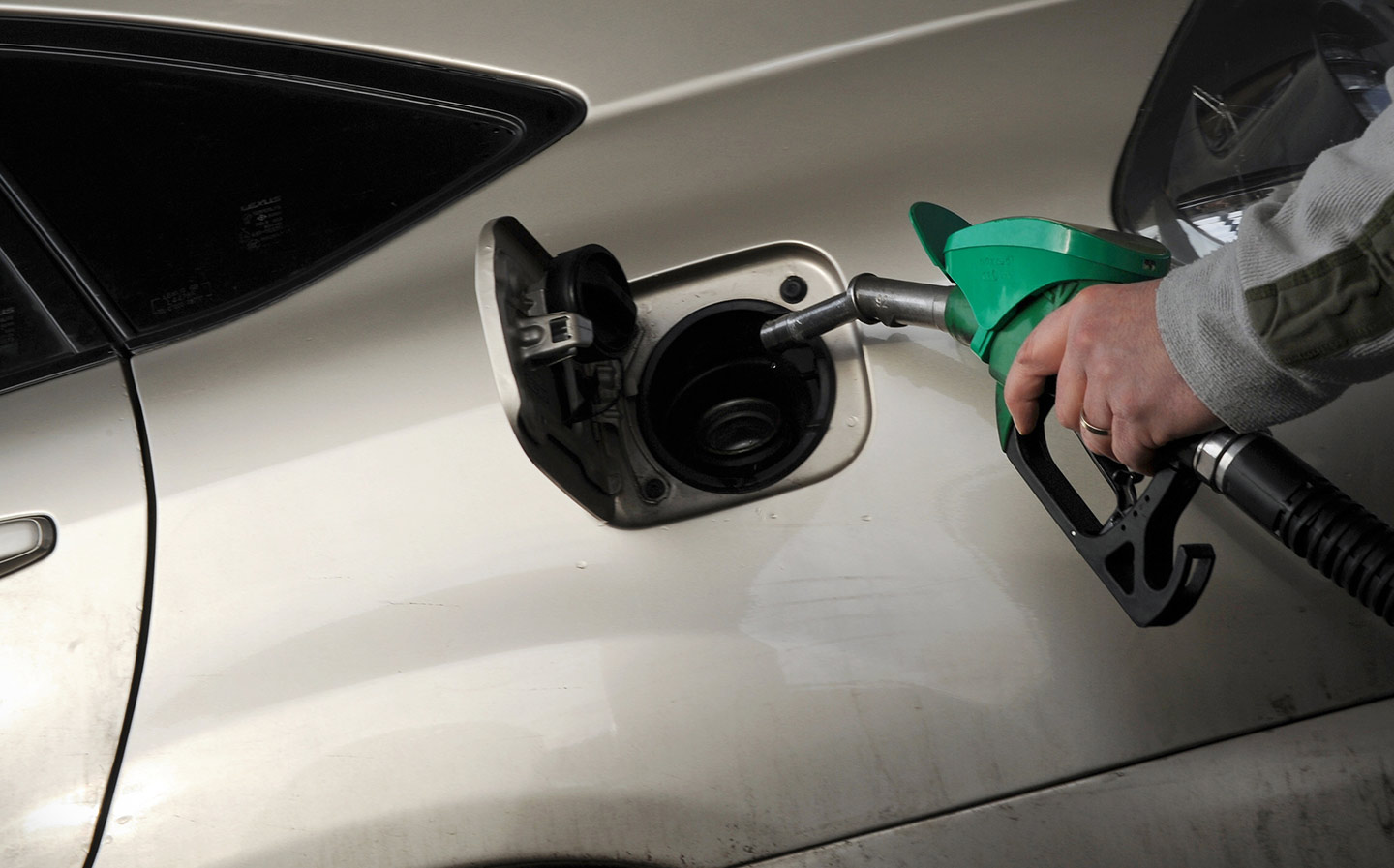Fuel price transparency policy could end inflated costs at pumps
Northern Irish system means drivers get cheaper fuel
British motorists could soon be shown national average fuel prices at every petrol station as part of a government proposal designed to prevent garages raising prices unfairly.
Chancellor Jeremy Hunt has asked the Treasury and the business department to look into such a system, which is modelled on a Northern Irish initiative that aggregates prices across the country. It’s hoped that showing drivers how each garage compares will ensure pump prices are not artificially inflated.
Government sources told The Times that Hunt had asked officials to investigate both a voluntary scheme and the potential for legislation that would force petrol stations to co-operate. One source even suggested an announcement could be made during the budget on March 15, but the Treasury said there was no timeframe for officials to report back to the chancellor.
The initiative in place in Northern Ireland has been credited with keeping prices in check, with RAC figures showing Northern Irish motorists pay an average of 145p per litre for petrol, 6p less than drivers in south-east England. And savings can be even greater than that, with drivers of diesel vehicles in the south-east of England paying 8p per litre more than those in Northern Ireland.
In England, however, costs can vary significantly between petrol stations in similar areas. Just last month, the AA revealed a 13p-per-litre price difference for petrol in two areas of Greater Manchester. Drivers filling up in Ashton-under-Lyne were paying far less than those filling up just 10 miles away in Rochdale.
Wholesale cost reductions not passed on to motorists
At the same time, Tory MPs have mooted a plan to set up a new unit that could collect data on wholesale prices – the amount retailers pay for fuel – to establish benchmark fuel prices. These prices, which would be set at regional levels, would then be used to address complaints that petrol stations can be quick to raise prices when fuel costs increase, but slow to pass on savings – a practice known as ‘rocket-and-feather’ pricing.
Because the benchmark price could be set at different levels in different regions, the plan could see petrol stations sign up to a charter that forbids them from setting prices above the benchmark. Any petrol station that signs up would be allowed to display a kitemark or some other guarantee indicator on forecourts.
The news comes after the Competition and Markets Authority (CMA) told petrol stations it would be investigating rocket-and-feather pricing practices seen after Russia’s invasion of Ukraine in February last year.
The dramatic price increases of last spring and summer saw fuel protesters take to motorways to voice concerns, in spite of the then-chancellor’s 5p-per-litre fuel duty cut.
Although it was described as a “drop in the ocean” for motorists at the time, Tory MPs are urging Hunt not to reverse the decision, even though RAC figures show fuel prices have fallen and are now at a level not seen since before the invasion.
The RAC’s Simon Williams told The Times that a German-style comparison system would be better, giving app developers access to data that would help them create comparison tools. “Hopefully this could be the stick we need to force retailers to price more fairly,” he said.
And Craig Mackinlay, Conservative MP and chairman of the all-party parliamentary group for fair fuel, said Hunt and business and energy secretary Grant Shapps were aware of how strongly drivers felt about the issue.
Mackinlay said he expected the fuel duty freeze to remain but the swift introduction of price transparency “would be the biggest driver of change and go some way to reduce the price differentials across the whole sector”.
Related articles
- After reading about a new approach to fuel prices, you will want to read that fuel duty cut makes road pricing ‘more urgent’
- Also check out our guide to synthetic e-fuels
- Huge spike in demand for electric cars and bikes as fuel shortage crisis bites
Latest articles
- Omoda 5 prototype review: Bargain family SUV is solid first effort for new Chinese brand
- Dacia Duster 2024 review: Rugged, affordable SUV modernised with electrification and quite the glow up
- Audi A3 Sportback 2024 review: Softly, softly, catchy premium hatchback buyer
- New electric-only Mini Aceman fills gap between Mini Cooper hatch and Countryman SUV
- Tesla driver arrested on homicide charges after killing motorcyclist while using Autopilot
- Porsche Macan 2024 review: Sporty compact SUV goes electric, but is it still the class leader for handling?
- F1 2024 calendar and race reports: What time the next grand prix starts and what happened in the previous rounds
- Aston Martin DBX SUV gets the interior — and touchscreen — it always deserved
- Nissan unveils bold look for updated Qashqai, still made in UK














